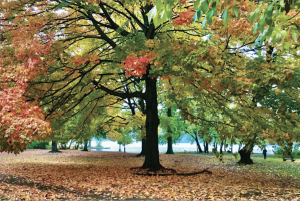
If you live in Brooklyn, there is a decent chance you have been to Prospect Park. It is a natural sanctuary of sweeping vales, luminous ponds, dense woodlands, and dedicated athletes. The urban park embraces socialization, from large family gatherings and cultural celebrations to sponsored festivals and outdoor concerts. It does not separate society by race or class, nor age, gender, or ethnicity.
The land, as it sits today, is accessible year-round and available for people of all demographics to use. The landscape provides a public space for quiet moments of solitude and self-reflection—while providing a refuge from the noise, hustle, grime, and smell of uncollected waste that permeate in the city. For me, the park was where I found comfort during the height of the novel coronavirus pandemic. With the widespread closures of most public spaces, and the condemnation of physical interaction and public gathering, my options for finding connections were limited. Connecting to “nature” was my safest option, even if that meant connecting to the highly stylized and well-manicured topography of Prospect Park.
“We have a tendency to want to separate our home from inside and outside,” said Hadrien Coumans, after I explained my desire to find a connection to the natural world, rather than connection through physical or civic engagement. Coumans, an adopted member of the White Turkey-Fugate family, is the co-founder and co-director of the Manhattan-based cultural organization, the Lenape Center. “The reality is that we are completely inside of our home, even when we think we are outside of our home. The earth is life, and the land is our home.” Coumans paused for a few moments before adding: “This—the reality that you’re describing— is what the Lenape people have always been acutely aware of.”
Historical tablets, erected monuments, triumphal arches, and public artworks are dispersed throughout Prospect Park’s 585-acre oasis, honoring the people and events that have shaped and cultivated the city and community. But the history of Prospect Park—as well as the history of New York City and largely, North America—is complex. For centuries, history has been negotiated, slanted, and erased. A subtle reminder of the area’s indigenous people recently became visible. A handmade Lenape-themed placard, acknowledging rightful land-ownership, is pasted to a bronze and granite marker, commemorating Battle Pass.

Long before European colonization, revolutionary battles, and the reshaping of Prospect Park’s rugged topography, lived the Lenape, part of the Algonquin nation, and Lenapehoking, the land they occupied. The Lenape, also called Lenni-Lenape—translating to “Original People” and later renamed by European colonizers to Delaware— are a loosely organized band of Native Americans whose tribal roots have sunk deep into the landscape of today’s New York City for more than 10,000 years. The ancestral land of Lenapehoking spans from eastern Pennsylvania to a small part of western Connecticut, and from the Hudson Valley to northern Delaware. Manahatta island meaning “hilly island,” known today as Manhattan, is at the crux of Lenapehoking. Although the Lenape are remembered for being tenacious warriors, they are also regarded for being peacemakers, earning the title of “Grandfather” tribe.
The Lenape’s origin story begins when a great tortoise, symbolic of the earth, rose from the water and became dry. A tree grew in the middle of the earth, and brought forth a man and later a woman. The phratry clans of the Lenape, which traced their descent through the female line, included three tribal divisions determined by language and location: Wolf (Munsee), Turtle (Unami), and Turkey (Unalachtigo). As a nomadic hunter-gather society, the ancestral Lenape heavily depended on the prosperity of the land. Every ten to twelve years, after depleting the geographical location of its natural resources, the entire village would migrate to a neighboring area of Lenapehoking. Thus, allowing the land to replenish itself for future generations.
European explorers arrived in the 16th century, with Italian explorer, Giovanni da Verrazano, leading the sail into the New York Harbor. According to some historical records, the Lenape, at first, welcomed the European explorers. They shared the land and resources and soon embraced the act of trade. By the 17th century, European corporations, including the Dutch West India Company, had materialized on the wealth of Lenapehoking and exploited the indigenous peoples. They entered into deceptive land deals, and in 1626, the Lenape “sold” the island of Manahatta to the Dutch. The concept of land-ownership was foreign to the Lenape, who believed that the earth and all of its inhabitants could only belong to the Creator. This particular land transaction, enforced with a constructed barrier wall around “New Amsterdam,” marked the downfall of Lenape society and the beginning of the diaspora. Traditional life for the Lenape was interrupted by the loss of land and the expansion of trade, creating a dependence on over-hunting and leading to a scarcity of resources and cultural value. The colonizers, bringing with them an array of deadly diseases, treated the Lenape as if they were uncivilized and disposable. They devastated the Lenape’s cultural identity and ancestral grounds through cultural assimilation —including involuntary Christian indoctrination— warfare, genocide, illegal land trades, and forced migration. Some accounts suggest that by 1750, the Lenape lost an estimated 90% of its people. The remaining Lenape succumbed to displacement, traveling west to current-day Ohio, and north to today’s New York State and Canada.
While the Lenape are credited with influencing the history and geography of present-day New York City and surrounding areas, an intentional banishing of their identity —perpetuated by centuries of cultural whitewashing, forced removal, and genocide—have conspired to erase public knowledge of the tribe and their long presence with the ancestral homeland.
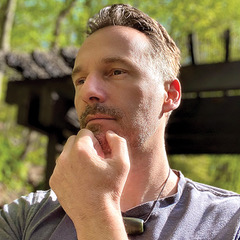
“The erasure has caused a void, particularly to public knowledge and the understanding of the Lenape people,” said Hadrien Coumans. “Until recently, there was no consciousness of recognition that was recognizable.”
Over a decade ago, Coumans was standing with Joe Baker, member of the federally recognized tribe, Delaware Tribe of Indians, on the Upper East Side. As the two men gazed out onto their ancestral homeland, they experienced a collective and ominous feeling that the Lenape people were facing permanent erasure from public memory. Coumans and Baker pondered how they could preserve their cultural identity and homeland for future generations.
“We wanted to create a center that would continue our presence and be a welcoming home for the diaspora,” said Coumans. “This experience led to an urgency to continue the Lenape culture and identity.” Consequently, in 2008, the Lenape Center was born.
The mission of the Lenape Center is to continue the culture of the Lenape and Lenapehoking through the arts, humanities, and environmental conservancy. Bringing public awareness of the Lenape presence to mainstream culture enables descendants of the diaspora to fight back against centuries of exploitation, manipulation, and erasure. Their work includes planting indigenous corn in community gardens; convening with the Brooklyn Museum to create a permanent art installation; staging an opera on the Lenape perspective of the historically misrepresented purchase of Manahatta; consulting with the architects of Tammany Hall’s turtle shell dome— symbolic of the Lenape origin story and Chief Tamanend—and an “iconic anchor to Union Square”; and finally, the organization seeks to return the “presence of consciousness” to the homeland by establishing government-to-government relations, including access to New York City’s resources, and a Living Land Acknowledgement. The acknowledgment, usually in the form of a public statement or plaque, is a simple gesture of respectfully bringing awareness and true inclusion to the indigenous inhabitants that have been deprived of their ancestral homeland and territories. Many of these territories are now occupied by physical institutions, including venues, real estate developments, schools, conference centers, stadiums, and places of worship. A Living Land Acknowledgement also attempts to correct racism— including the indigenous caricature embedded in the New York City seal— and the practices that, for centuries, have contributed to the erasure of the native people’s history, culture, and identity.
As of today, two commemorative memorials exist in New York City, acknowledging the legacy of the Lenape. Both of the memorials contain historical inaccuracies. In recent years, Columbia University dedicated a plaque to honor the Lenape people for occupying the territory of today’s Manhattan, before the colonization of the Americas.
Present-day descendants of the Lenape are federally recognized as “Delaware” and include members of Delaware Nation, Delaware Tribe of Indians, and Stockbridge-Munsee Community. While some smaller bands of the Lenape descendants still live in the NYC and the Northeast, many of the Lenape/ Delaware live in one of the five sovereign nations with full federal recognition, including one nation in Wisconsin, two in Oklahoma, and two in Ontario, Canada.
In March, when the pandemic hit New York City and much of the country, the Lenape Center decided to indefinitely cancel all public events. “This is a time to hibernate not a time to gather,” said Coumans. He noted that the Center’s virtual meetings and ongoing events, including the production of a documentary on indigenous corn, have been well received.
I asked Coumans about the connection between environmentalism and the novel coronavirus pandemic. I wondered if he believed there was, if any, a silver lining to the disruption and widespread devastation that New York City has faced.

“Well,” said Coumans, “the reality is that Lenapehoking or not, we cannot exist without trees or water or oxygen. These are the life-giving properties of the earth. We have to be respectful of nature to breathe fresh air.” He paused before adding: “I do hope the city continues to heal from the pandemic, and that we’ll all come away with a better knowledge of our environment.”
We recommend that you educate yourself and if interested and able, get involved with the Lenape community. Their website explains more about the history and influence of the original “Brooklyn” people.
Editor’s note: In recent months, as nationwide protests against racial injustices and weaponized police violence have swept our country, we have seen a historic push to acknowledge the complexities of the past and to include the —often negotiated and intentionally erased—truths that affect our present.
When I first became aware of the Lenape-themed placard atop the bronze and granite Battle Pass monument, I was immediately reminded of the brazen distortions, nods to conspiracies, arrogant lies sold as irrefutable truths, and chants of greatness, all touted by President Trump. But for one to see our country as great means that we have to side with the version of history written on the Battle Pass plaque, and not with the history of the Lenape-themed card. When we question the actions of the past, to better understand the truth, we are reminded that the definition of great is conditional and tethered to a reality that has been slanted. The pasted Lenape-themed placard juxtaposed the Battle Pass marker underscores the thickness of Brooklyn’s history while bringing into our collective consciousness the indigenous nations that New York City has long overlooked.

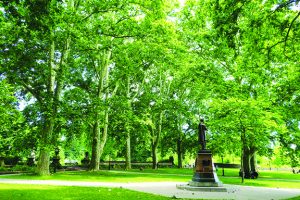
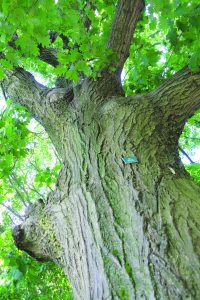
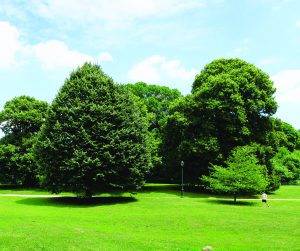
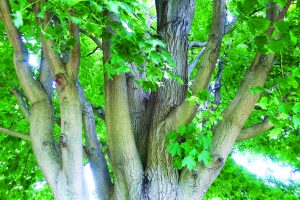
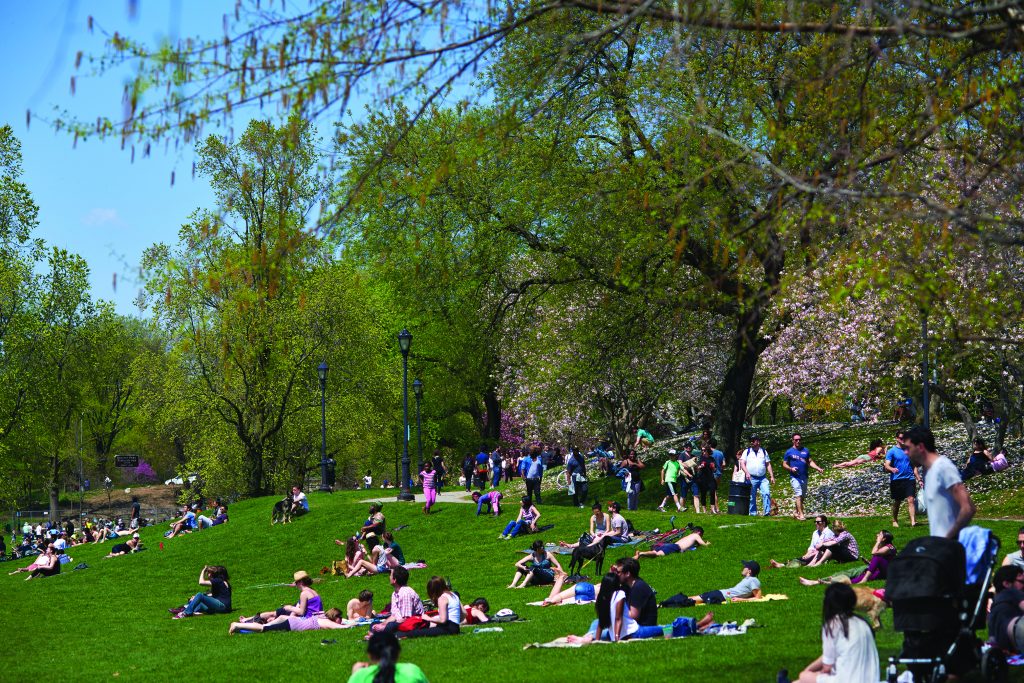
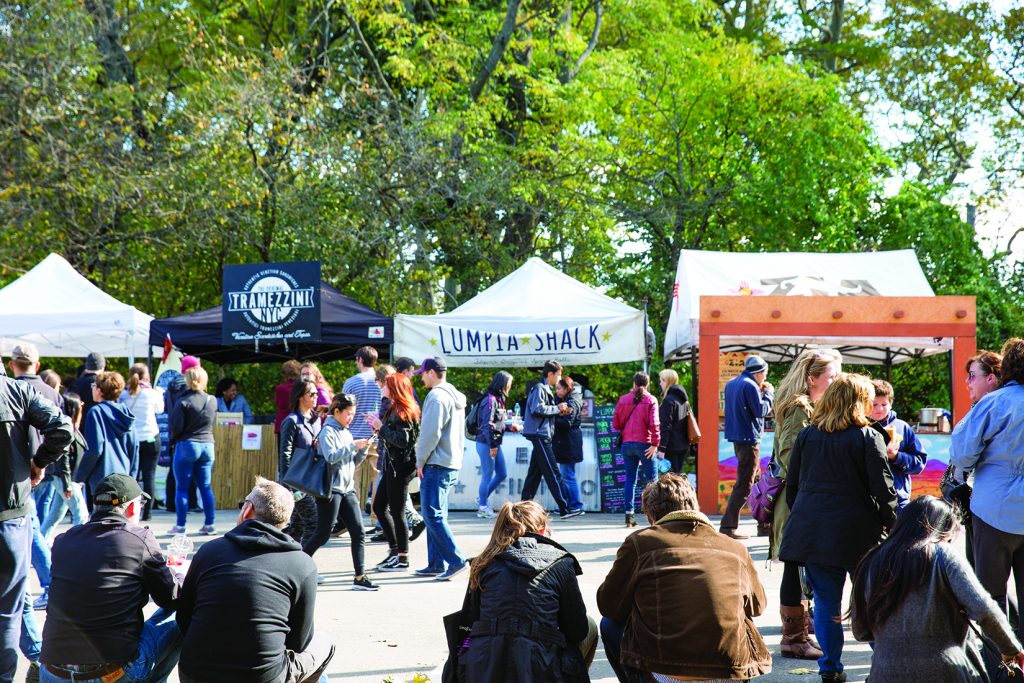
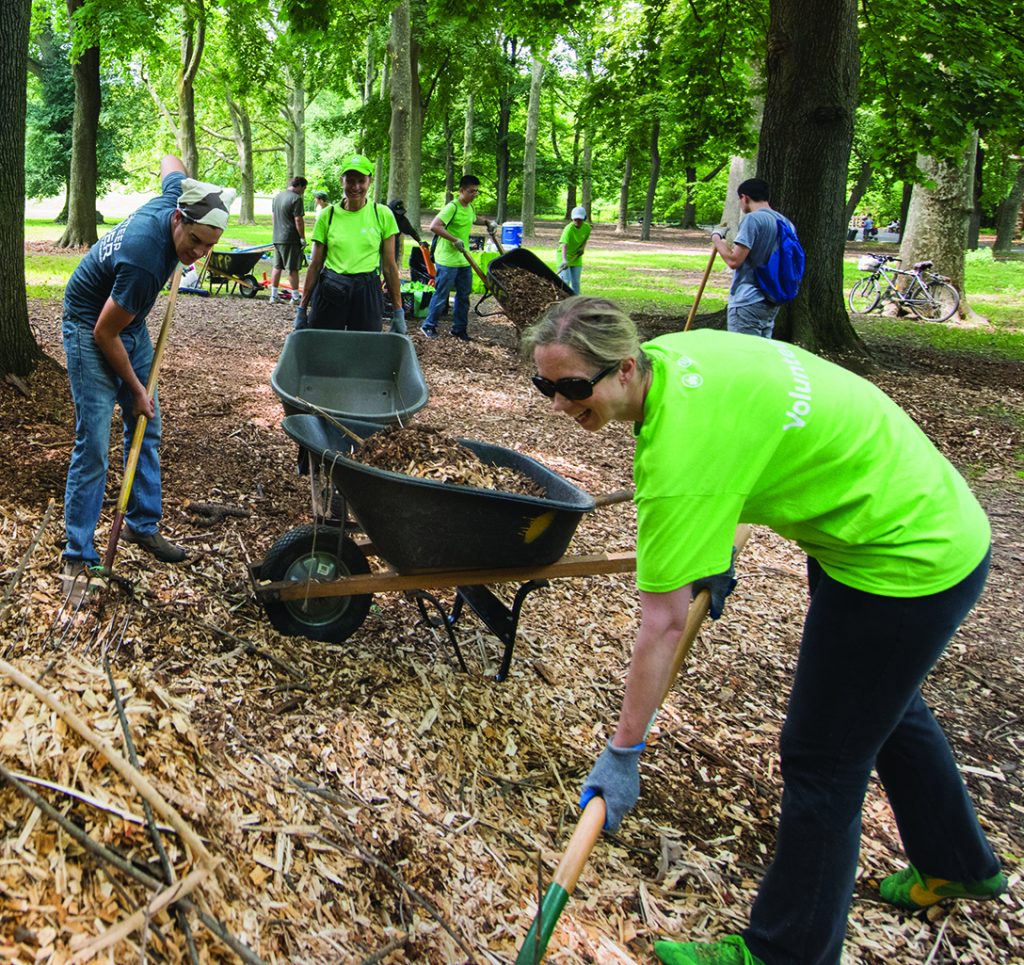
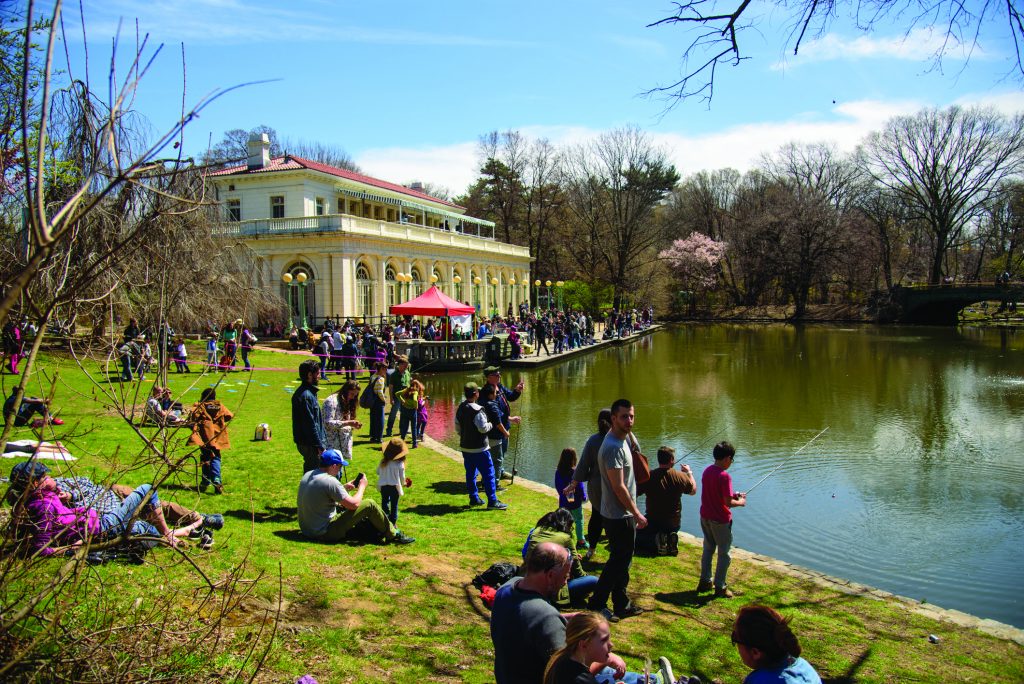
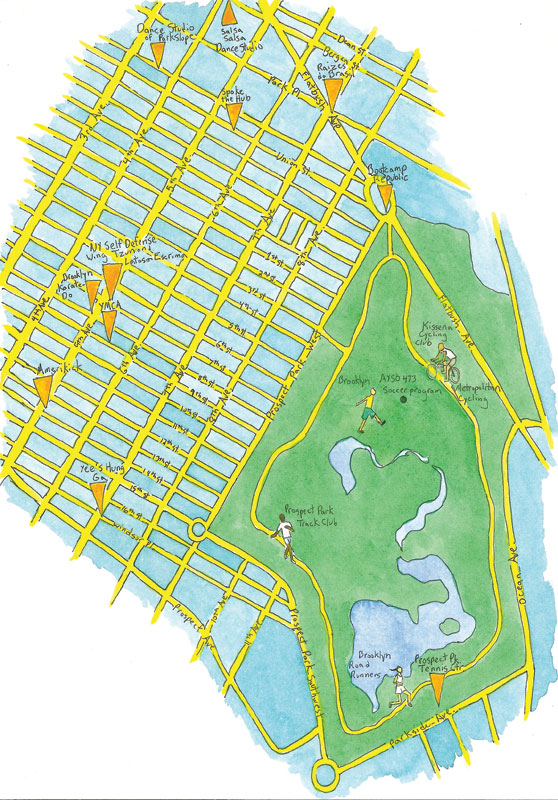 uide to getting fit in Park Slope
uide to getting fit in Park Slope